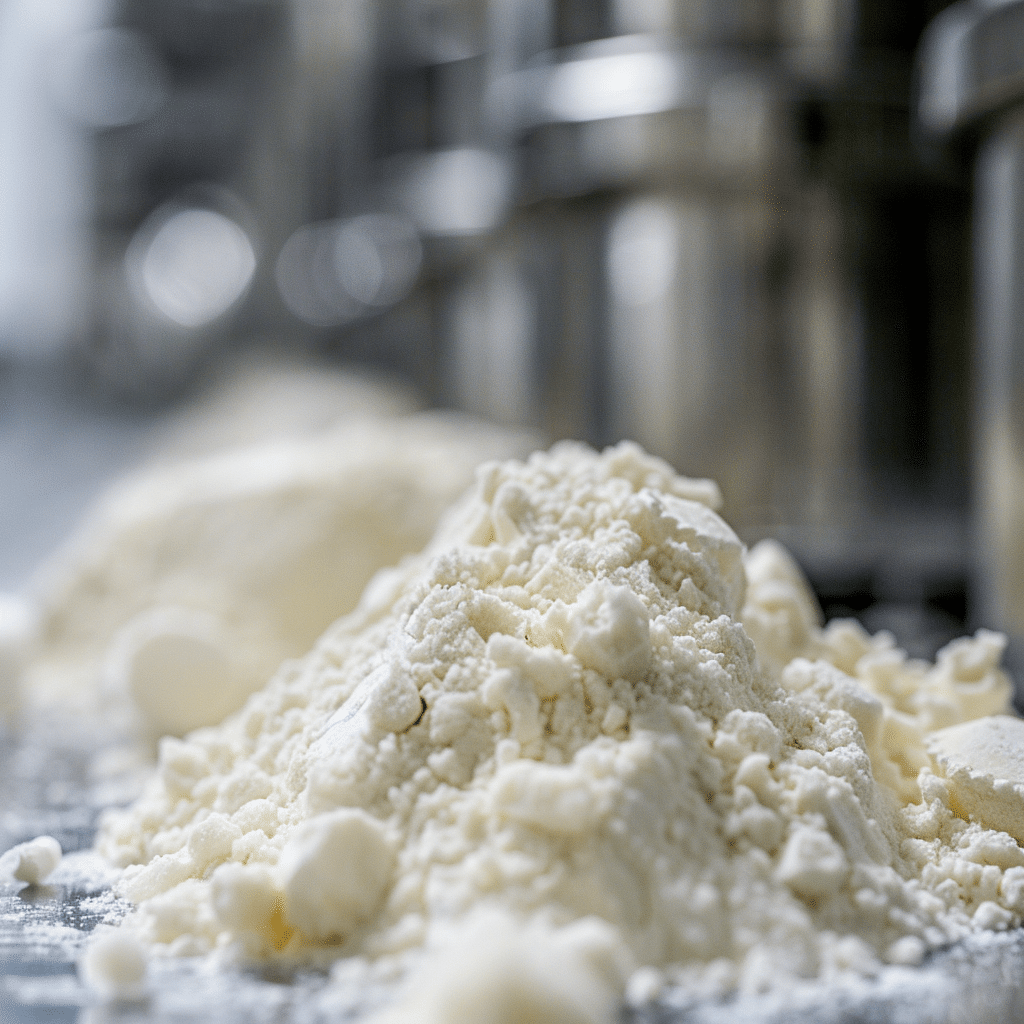Introduction: The Longevity Molecule Few Talk About
Ergothioneine (EGT) is a unique sulfur-containing amino acid that functions as a potent intracellular antioxidant. Naturally derived from fungi and some bacteria, it is not synthesized in the human body but is actively transported into cells via a specific transporter (OCTN1/SLC22A4). EGT has gained attention for its role in protecting mitochondria, DNA, and other cellular components from oxidative damage—a key driver of aging and chronic disease.

1. A Targeted Cellular Antioxidant
Unlike general antioxidants that act indiscriminately, ergothioneine accumulates in tissues prone to oxidative damage:
- High Concentrations Found In:
- Liver
- Bone marrow
- Eyes (lens and retina)
- Brain and central nervous system
- Mechanism: Scavenges reactive oxygen species (ROS) and nitrogen species (RNS) without being depleted
Scientific Note: The SLC22A4 transporter ensures targeted uptake, making EGT more than a passive antioxidant.
2. Protection of Mitochondria and DNA
Mitochondria are both energy producers and primary sources of ROS. EGT localizes in mitochondria to prevent oxidative chain reactions.
- Benefits:
- Prevents mitochondrial membrane damage
- Reduces DNA strand breaks and mutagenesis
- Enhances cellular repair pathways
Research Insight: A 2020 review in Antioxidants journal outlined EGT’s role in safeguarding mitochondrial integrity and reducing oxidative genomic stress.
3. Anti-Inflammatory and Cytoprotective Properties
Chronic oxidative stress leads to inflammation and tissue damage. EGT modulates inflammatory signaling and enhances cell survival.
- Effects:
- Suppresses TNF-α and IL-8 cytokine production
- Protects endothelial and immune cells
- Inhibits UV-induced skin aging and photo-damage
Use Case: EGT is ideal for formulations targeting skin health, brain aging, and immune resilience.
4. Comparison to Other Antioxidants
EGT offers unique advantages over conventional antioxidants:
| Feature | Ergothioneine | Vitamin C | Glutathione |
|---|---|---|---|
| Specific Transporter | Yes (OCTN1) | No | No |
| Accumulates in High-Need Tissues | Yes | Moderate | Yes |
| Resistant to Auto-Oxidation | High | Low | Moderate |
| Mitochondrial Protection | Strong | Limited | Strong |
Conclusion: EGT complements rather than replaces other antioxidants in multi-pathway defense strategies.
5. Supplementation and Safety
- Natural Source: Mushrooms (especially oyster, shiitake)
- Supplement Form: L-ergothioneine with purity >98%
- Dosage: 5–20 mg/day (supported by ongoing clinical trials)
- Regulatory Status:
- GRAS-approved in the US
- Novel Food approval in EU
Safety Profile: Non-toxic in animal and human studies; does not interfere with other antioxidant systems
Conclusion: A Smarter Antioxidant for Cellular Resilience
Ergothioneine stands out as a next-generation antioxidant with targeted cellular uptake, mitochondrial affinity, and protective properties that go beyond redox balancing. As the science matures, EGT may become a foundational ingredient in brain, skin, and longevity-focused nutraceuticals.